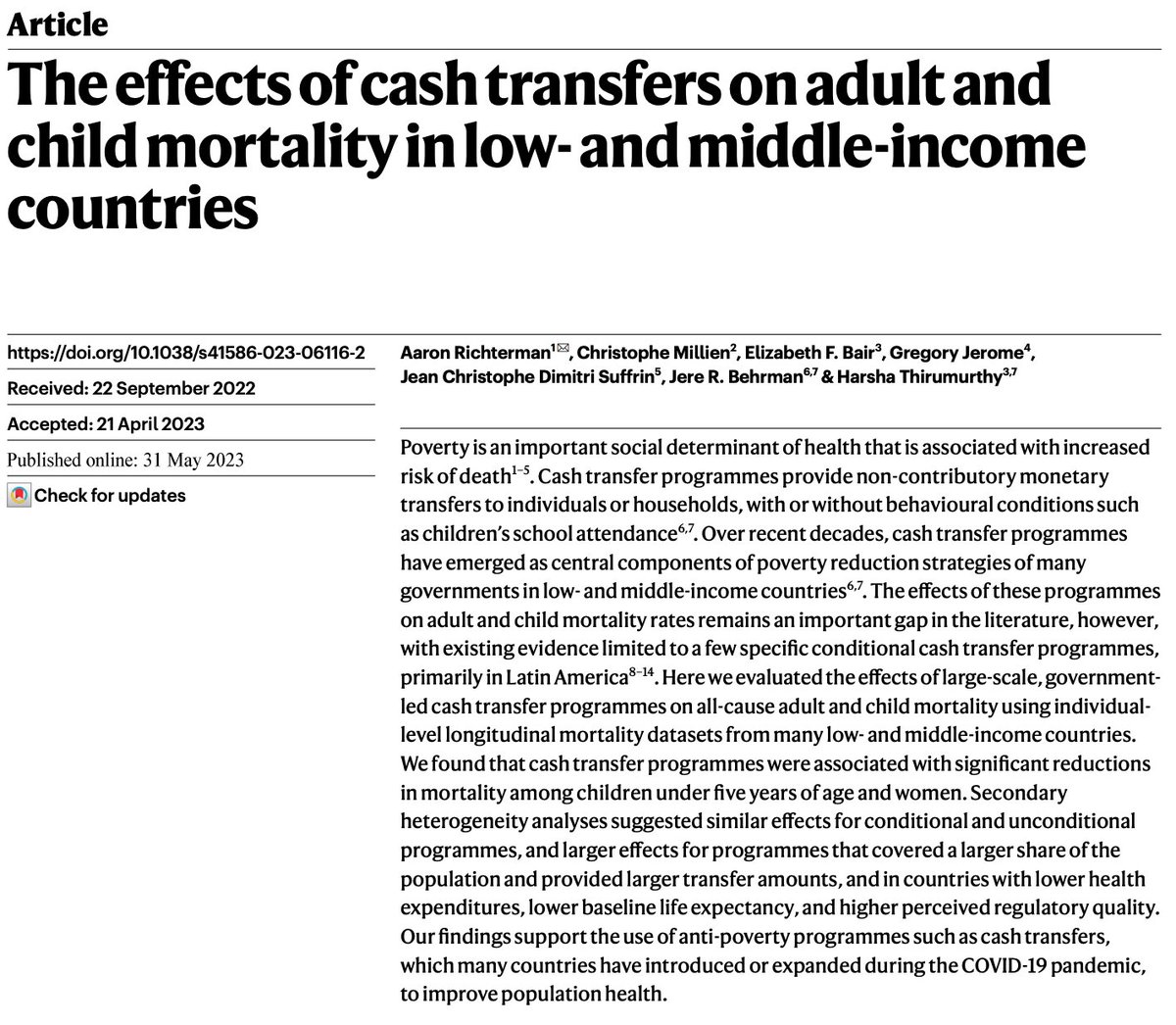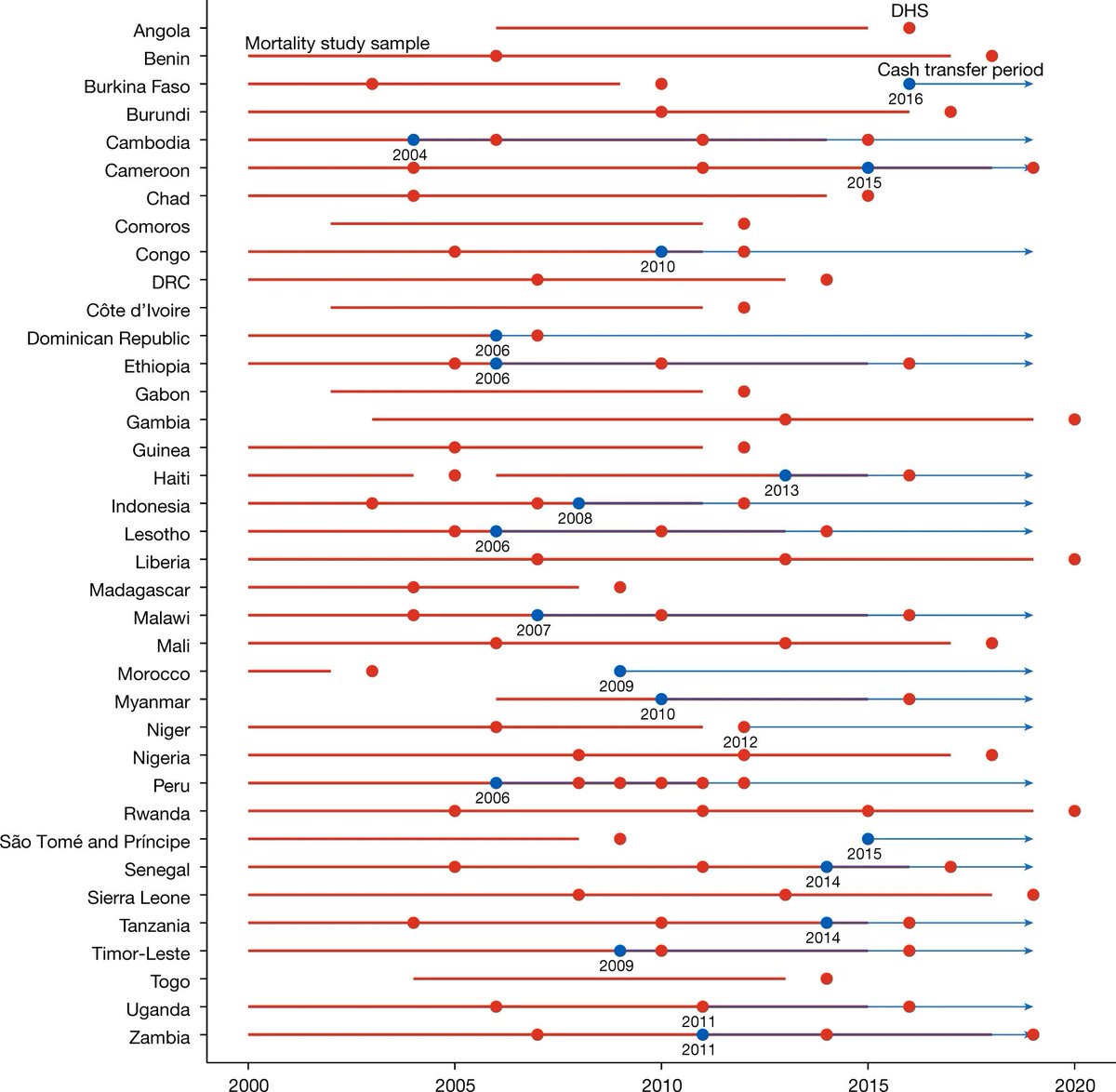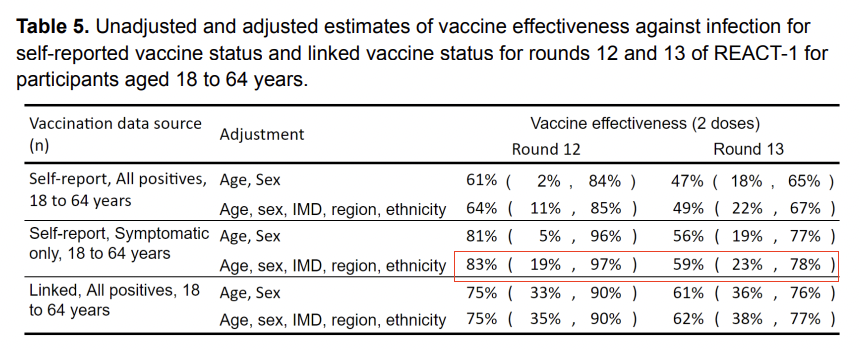Antiretroviral therapy is not enough —
background and findings from our new paper in OFID:
with @LeandreFernet @drdrtsai @drlouiseivers
academic.oup.com/ofid/article/7…
background and findings from our new paper in OFID:
with @LeandreFernet @drdrtsai @drlouiseivers
academic.oup.com/ofid/article/7…
2/ Annual deaths from HIV have decreased by 50% since peaking in 2006, mostly because of expansion in access to antiretroviral therapy
But huge disparities remain – HIV is the leading cause of death in Sub-Saharan Africa, & the 9th leading cause of death in low-income countries
But huge disparities remain – HIV is the leading cause of death in Sub-Saharan Africa, & the 9th leading cause of death in low-income countries

3/ In 2014 UNAIDS released a Fast Track plan w the goal of ending HIV as a public health threat & reducing HIV deaths by 90% by 2030
The primary focus of this plan is clinical services expansion & universal ART. In our study we ask – is this enough?
unaids.org/en/resources/d…
The primary focus of this plan is clinical services expansion & universal ART. In our study we ask – is this enough?
unaids.org/en/resources/d…
4/We followed 464 ppl living w HIV in rural Haiti for a median of ~6 years. They were already receiving ART at enrollment (median of 11 months on rx) & cared for at 1 of 3 @PIH health centers
The median age at study entry was 38, there was <10% LTFU, and 25% died during f/u
The median age at study entry was 38, there was <10% LTFU, and 25% died during f/u

5/ The concurrent findings of high mortality, high clinical retention, & high levels of ART adherence suggest that regular clinical follow-up and provision of ART are insufficient to prevent poor outcomes in impoverished settings
6/ Despite a clinical model that includes an understanding of patients’ social circumstances, community health workers, and some material support, relative impoverishment remained 1 of the most important factors a/w subsequent risk of death in multivariable analyses 

7/ These findings suggest that social protection and poverty reduction programs, particularly those targeting households w the worst levels of deprivation, may be important components of mortality reduction for people with HIV already receiving ART.
8/Maybe that seems obvious. UNAIDS even has a whole report on the importance of social protection - unaids.org/en/resources/d…
But this reality is not reflected in global funding trends for HIV programs
Here's one example -
But this reality is not reflected in global funding trends for HIV programs
Here's one example -
/9
On the left, the number of people with HIV receiving ART in Haiti
On the right, PEPFAR funding for social support services in HIV programs
You do the math
The contraction of social support funding is obvious when hearing the lived experience of rural Haitians w HIV

On the left, the number of people with HIV receiving ART in Haiti
On the right, PEPFAR funding for social support services in HIV programs
You do the math
The contraction of social support funding is obvious when hearing the lived experience of rural Haitians w HIV


• • •
Missing some Tweet in this thread? You can try to
force a refresh














